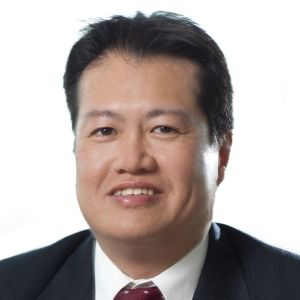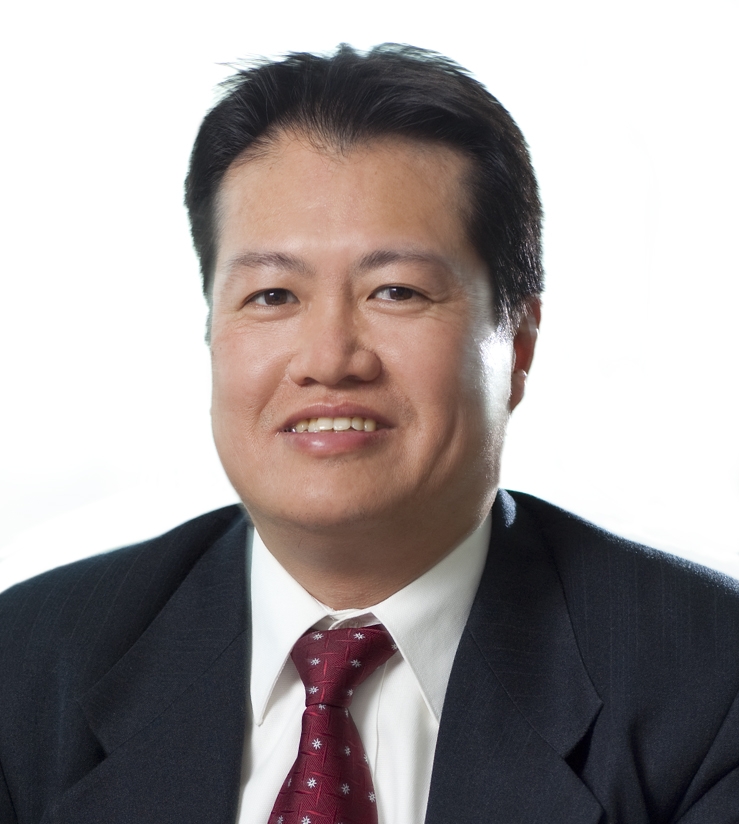When a fund member dies, the payout to non-financial dependents may be liable for tax, with the amount dependent on the category of contributions made to superannuation.
The ‘death duty’ tax affects all superannuation funds but it is more likely to be significant in self-managed funds because of the extra contributions above the contribution guarantee that members have made over the years.
The tax applies on the death of anyone who still has assets in a superannuation fund and who has nominated beneficiaries to receive a payout upon their death.
If the payout goes to a financial dependant – for example, including a spouse or child under the age of 18 – it is tax-free. However, if it is paid to non-financial dependants, the proportion of any payout that is deemed to be from the taxable component will be taxed at 16.5 per cent.
For example, if 40 per cent of the member’s account is categorised as tax-free as a result of after-tax contributions and other factors (including any pre-1983 service period), then the remaining 60 percent is deemed taxable. It is this 60 per cent component that will be taxable at 16.5 per cent on payout to any non-financial dependents.
It is therefore important for trustees, and their advisers, to keep track of the type of contributions being made to superannuation. This includes categories such as how much is after-tax contributions (that is, member non-concessional contributions), how much represents taxable employer, or taxable personal, contributions, and the like.
These amounts should be summarised by category in the member information statement provided by superannuation funds. However, with SMSFs, this record-keeping might not be as disciplined as it should be – and these are the very funds that are most likely to have after-tax contributions made by members.
In particular, fund members should check their balances and the component percentages of contributions, and be aware of these ramifications, especially those with grown-up children.
Keeping track of taxable and tax-free components can be problematic for members of SMSFs where manual records are kept, or where their SMSF is administered by an accountant who does not have specialised superannuation fund software that automatically records and updates these components. Not only does this issue muddy the tax waters upon death but create issues for the trustees if the fund were to be audited by the ATO.
Without proper records of the taxable and tax-free components of member benefits, the ATO could deem a member’s death benefits to be taxable and, if paid to a non-tax dependent, subject to a tax rate of 16.5 percent, which can add up to a large amount if the death benefit is large. This outcome may seem unfair, but the onus is on the fund or beneficiary to prove otherwise.
There are steps that could be taken to reduce the tax payable by beneficiaries. For example, there is no tax liability if the member is over age 60 and withdraws all superannuation balances shortly before death.
Also, fund members aged over 60 with a large proportion, or 100 per cent, of taxable benefits may consider the ‘re-contribution strategy’ whereby ‘taxable’ fund benefits are withdrawn tax-free, and then ‘re-contributed’ to the fund as a tax-free non-concessional contribution.
The ATO has so far given the re-contribution strategy the all-clear in respect that it will not deem it to be a tax avoidance scheme. However, people wishing to carry out the strategy should ensure that, firstly, they are eligible to withdraw benefits from their fund because they have met a condition of release, such as retirement from the workforce.
Secondly, they need to ensure that they are still eligible to contribute to superannuation – that is, they are under age 75, or if over 65 but under age 75, they meet the contributions work test.
Andrew Yee, SMSF specialist, HLB Mann Judd Sydney

 Login
Login








You are not authorised to post comments.
Comments will undergo moderation before they get published.